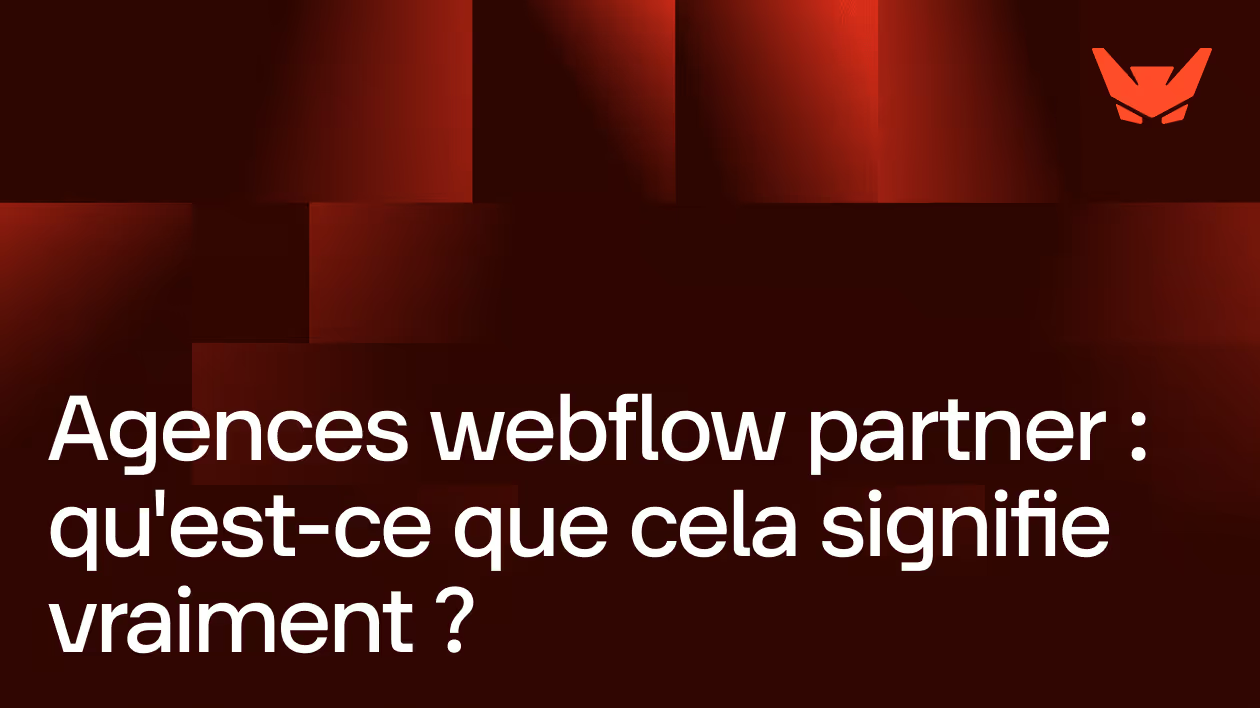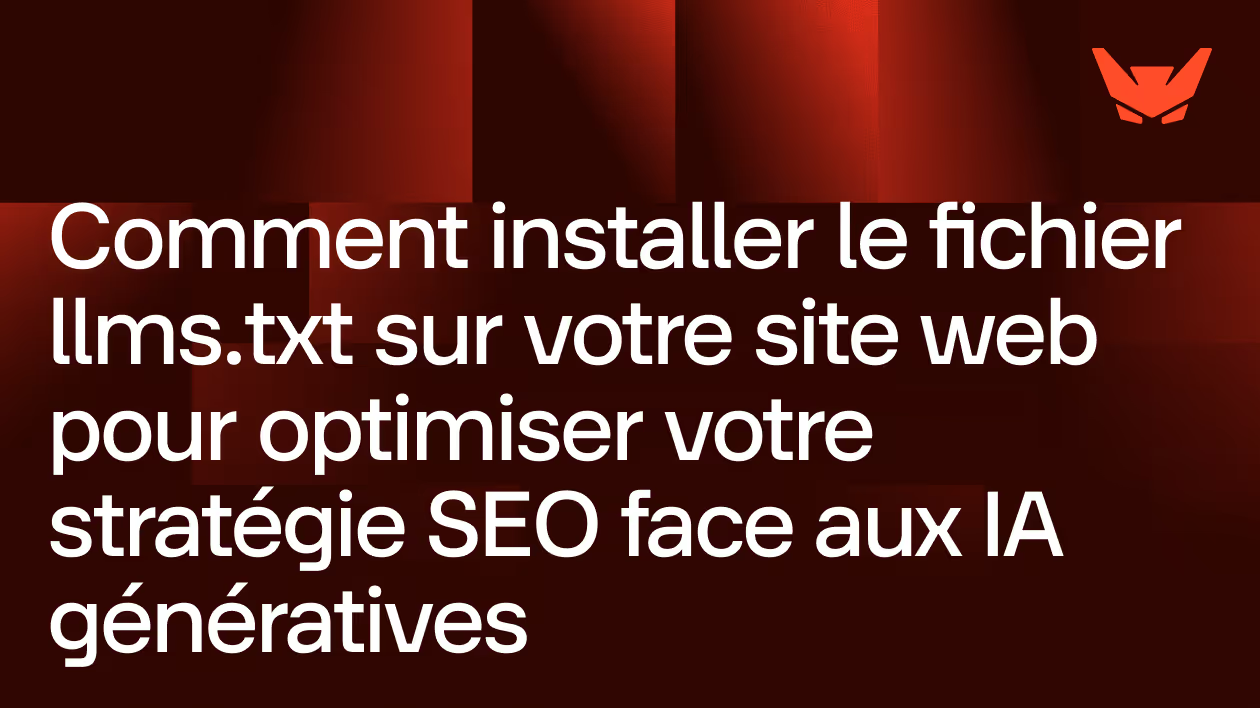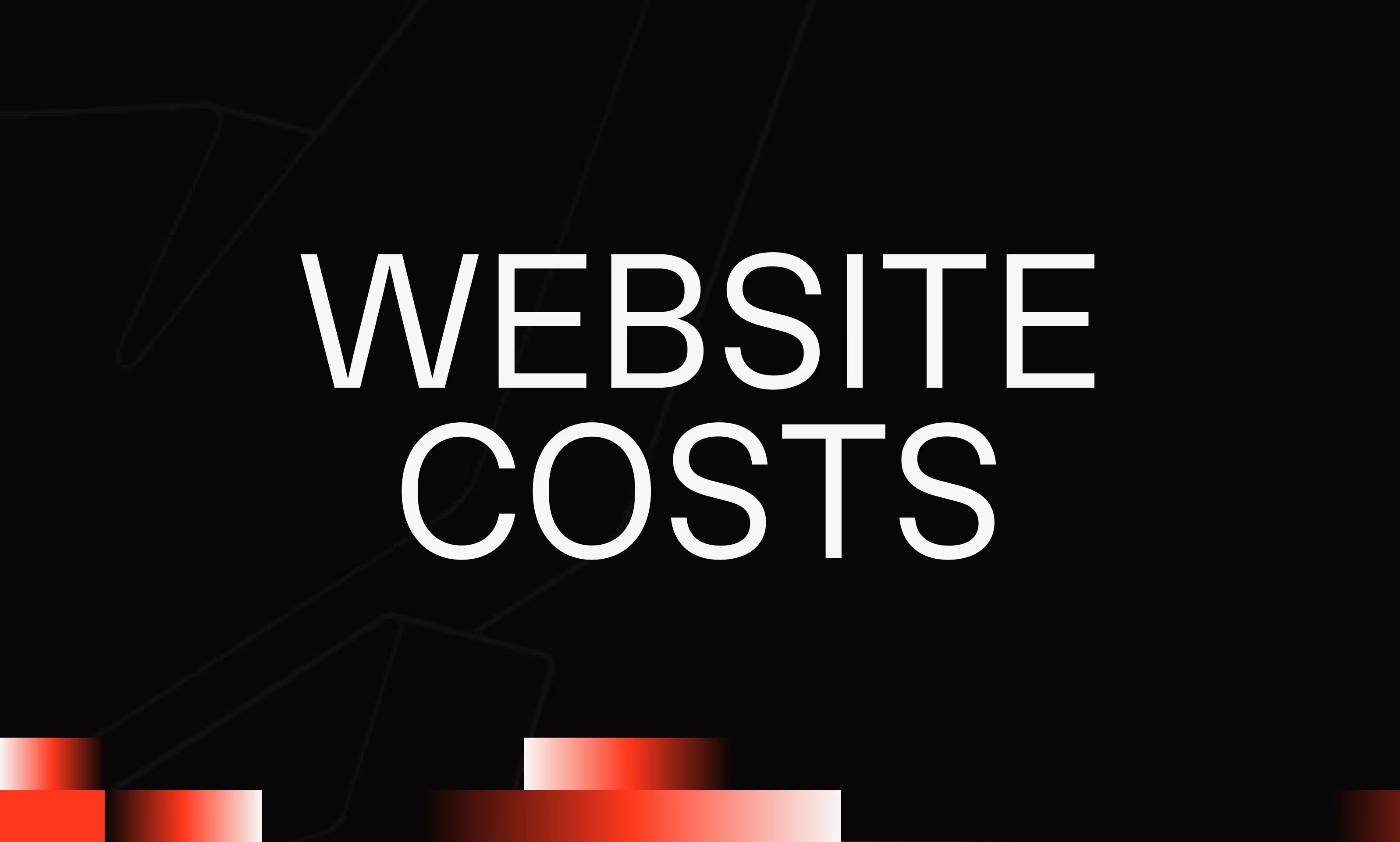Favicon
Ask the AI to summarize the term
Favicon in a nutshell
A favicon is a small graphic icon associated with a website, usually visible in the browser tab, favorites, or user shortcuts. Although it is a visual detail, this icon plays an important role in brand image, traceability, and user experience. Its name comes from the contraction of “favorite icon”, initially used by Internet Explorer to illustrate sites added to favorites. Today, all modern browsers show favicons in tabs, address bars, bookmarks, and even in some mobile sharing or preview interfaces. In an increasingly saturated web environment, the favicon acts as an immediate visual reference and contributes to the recognition of your site.
What is a favicon?
A favicon is a small image file — often in .ico, .png, or.svg — that graphically represents a site or a web application. It is integrated into the HTML header via a tag <link>that specifies the format, size and location. This file is then used by browsers to display a thumbnail in their interfaces. The traditional format is square, with a resolution of 16x16 or 32x32 pixels for classic desktop uses, but larger versions (up to 512x512) are also recommended for high-definition screens or mobile shortcuts.
Technically, the favicon is linked to the brand image. It must be easily identifiable, legible at a small size, and consistent with the overall graphic charter of the site. Its absence is perceived as a lack of professionalism or finish, while a well-thought-out favicon reinforces the visual identity, improves the memory of the site, and makes it easier to locate it in an overloaded tab bar.
Why is the favicon essential in web design?
The favicon is often underestimated, yet it is one of the first visual elements that the user sees when navigating between several tabs. In a context of constant multitasking, it becomes a visual anchor, helping to quickly identify the active site. On mobile, it appears in favorites, home shortcuts, or search suggestions. In engines like Google, the favicon can even be displayed in search results, adding an extra layer of branding to your SEO presence.
The coherence between the favicon and the visual identity also reinforces the user's trust. When an Internet user recognizes a brand or logo from the tab icon, they establish a subconscious familiarity link. This can have a positive influence on their behavior: staying longer, coming back to the site, or sharing it more easily. It is a graphic detail that directly impacts the perception of professionalism, seriousness and care given to the interface.
Integrate a favicon into Webflow or any other site
Webflow offers a simplified integration of the favicon via its settings interface (Project Settings > General). <head>All you have to do is upload a square image, preferably in .png with a minimum size of 32x32 pixels, and Webflow takes care of automatically including it in the tags of your site. For optimal support, it is recommended to create a high definition version (at least 256x256) to cover all uses, including Retina screens or mobile shortcuts.
In a more technical or hand-coded context, the favicon is added to <head>the page with a line such as:
To ensure maximum compatibility, you can also declare multiple formats, including.ico, .png, and.svg, or even use online generators like RealFaviconGenerator to generate all the necessary variants.
Best practices for creating a favicon
Creating an effective favicon relies on readability on a small scale. The design must be clean, centered, with a strong contrast to remain visible even at 16 pixels. Avoid complex texts or details, use a pictogram, a stylized initial or a recognizable shape. It is also advisable to test the rendering on different media (desktop, mobile, dark or light browser). Finally, consider including the favicon from the early stages of the design, in the same way as the logo, colors, or typography. This avoids having to improvise a poorly integrated pictogram after the site is online.


